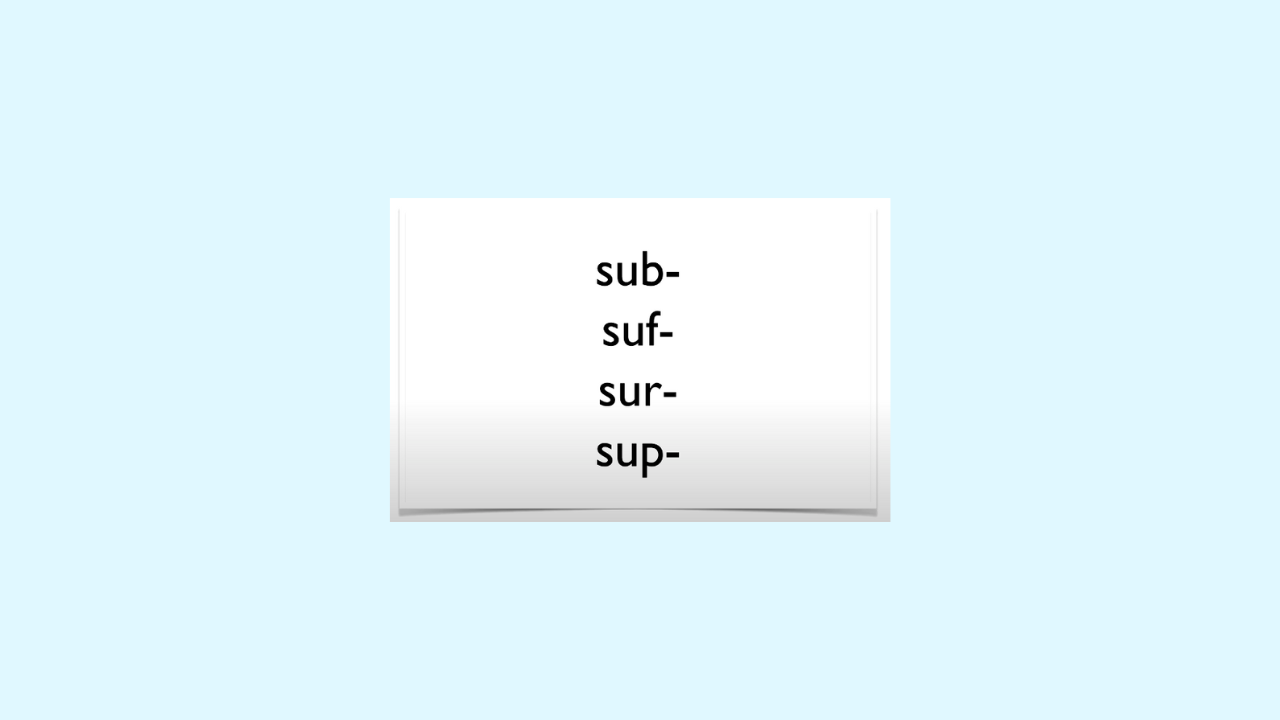LOE Teacher Training - Part 2
Continue learning about the English language and how to teach based on the Science of Reading with topics like schwa, spelling analysis, morphology, reading comprehension, and more!
Continue learning about the English language and how to teach based on the Science of Reading with topics like schwa, spelling analysis, morphology, reading comprehension, and more!

Single-letter vowels, multi-letter vowels, closed vowels, open vowels, and r-controlled vowels are the key to understanding syllables.

Learn how to apply spelling analysis to multisyllabic words.

Schwa is the most common sound in English, and it often causes confusion to new readers. Learn how the "say-to-spell" method in spelling analysis can help students deal with schwa.

More practice with spelling analysis this time with multisyllabic words and the schwa sound.

Identifying the morphemes within prefixes, suffixes, and roots of words helps students decode, spell, and understand the meaning of new words.

Apply Latin roots to discover the spelling of these commonly misspelled words.

Review the phonograms, vowel types, schwa, and morphemes.

More questions from the teachers on how to adapt LOE for different schools and different students.

According to the simple view of reading, reading comprehension is based on decoding skills and oral language comprehension. Learn how controlled decodable readers and reading to students play a role in developing comprehension skills.

Learn how Logic of English uses assessments in its curricula.

Written composition activities integrated in Foundations and the Essentials Reader begin with words and phrases moving toward sentences and paragraphs as students build fluency.

Grammar instruction must be linked to writing instruction in order to make it meaningful for students. See how Logic of English integrates grammar into the reading and writing curricula.

Take a look at the most common words in English. Once you apply the spelling rules and phonograms taught in this course, how many are actually exceptions?

How do other early readers stack up? Can students decode these books with the rules they have been taught?


Finally, learn how teachers can take all that they have learned back to the classroom.